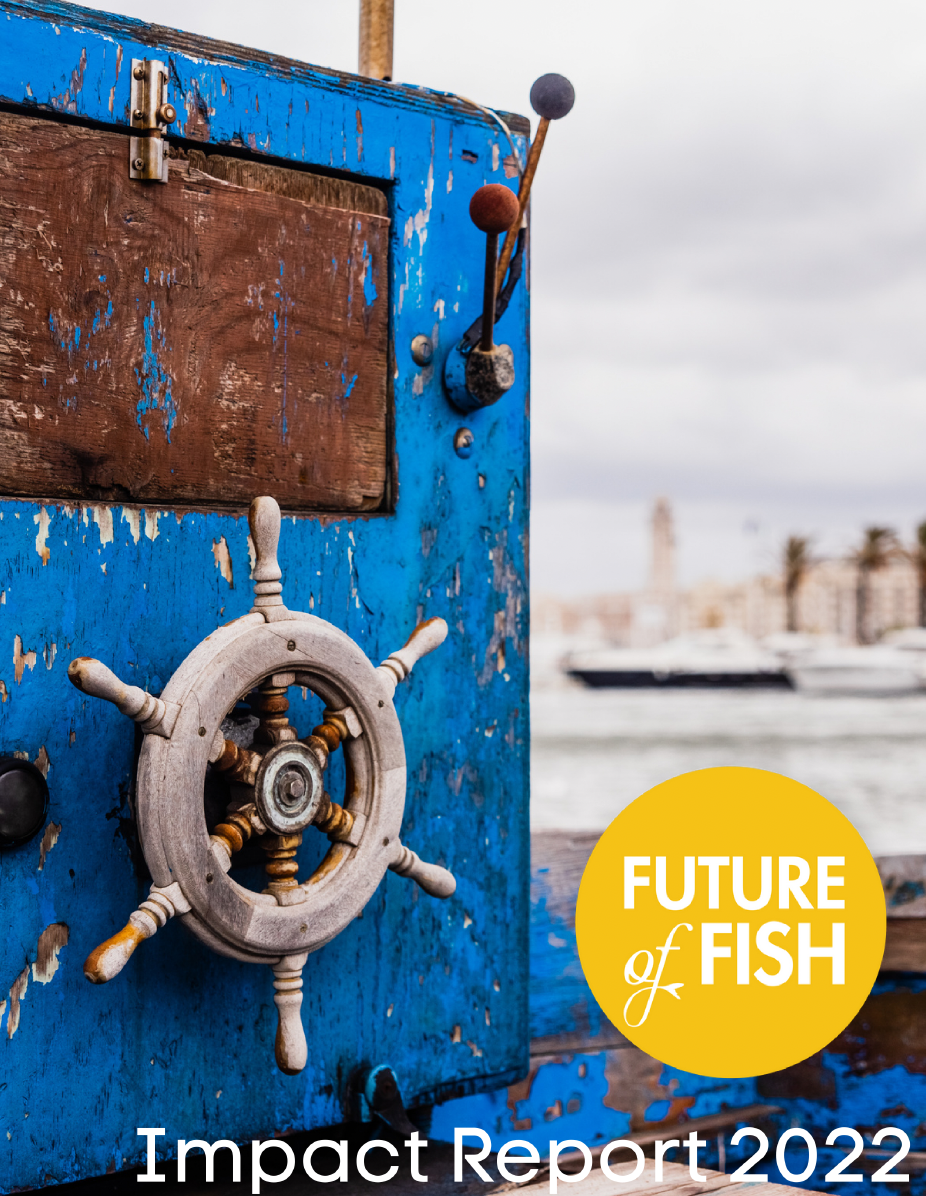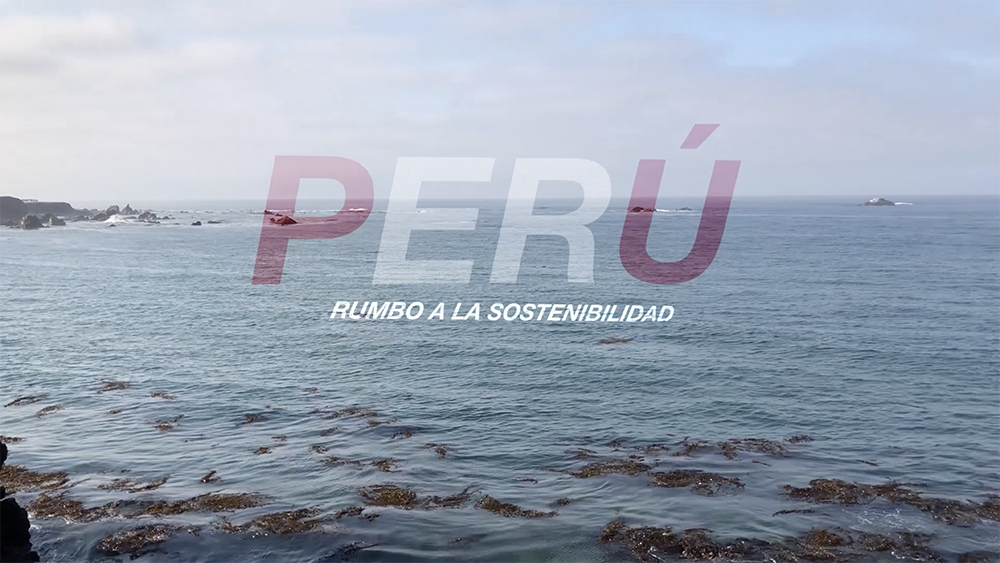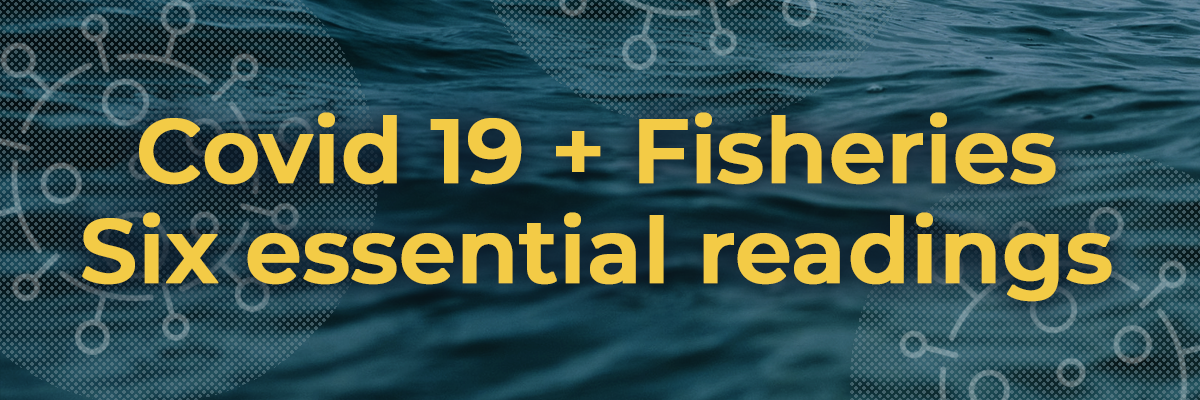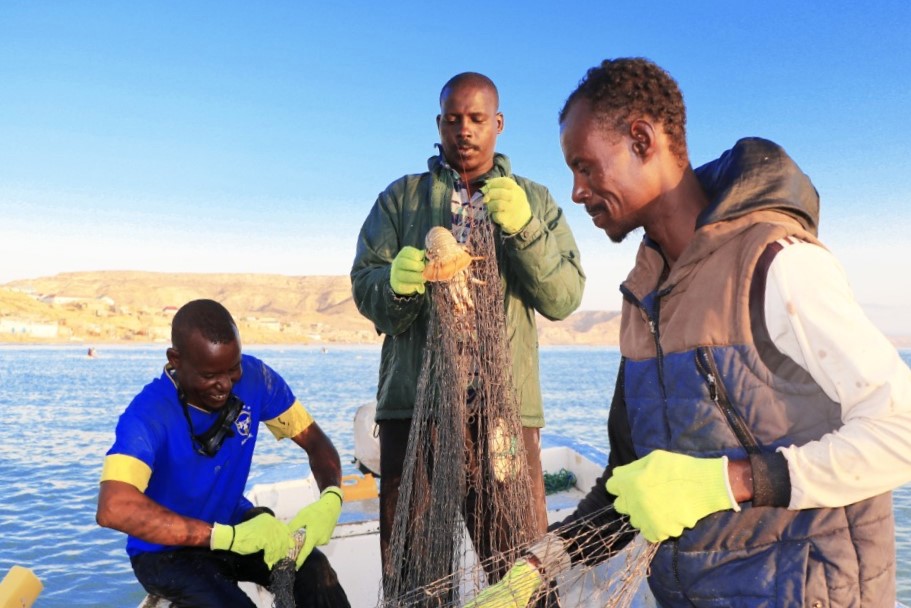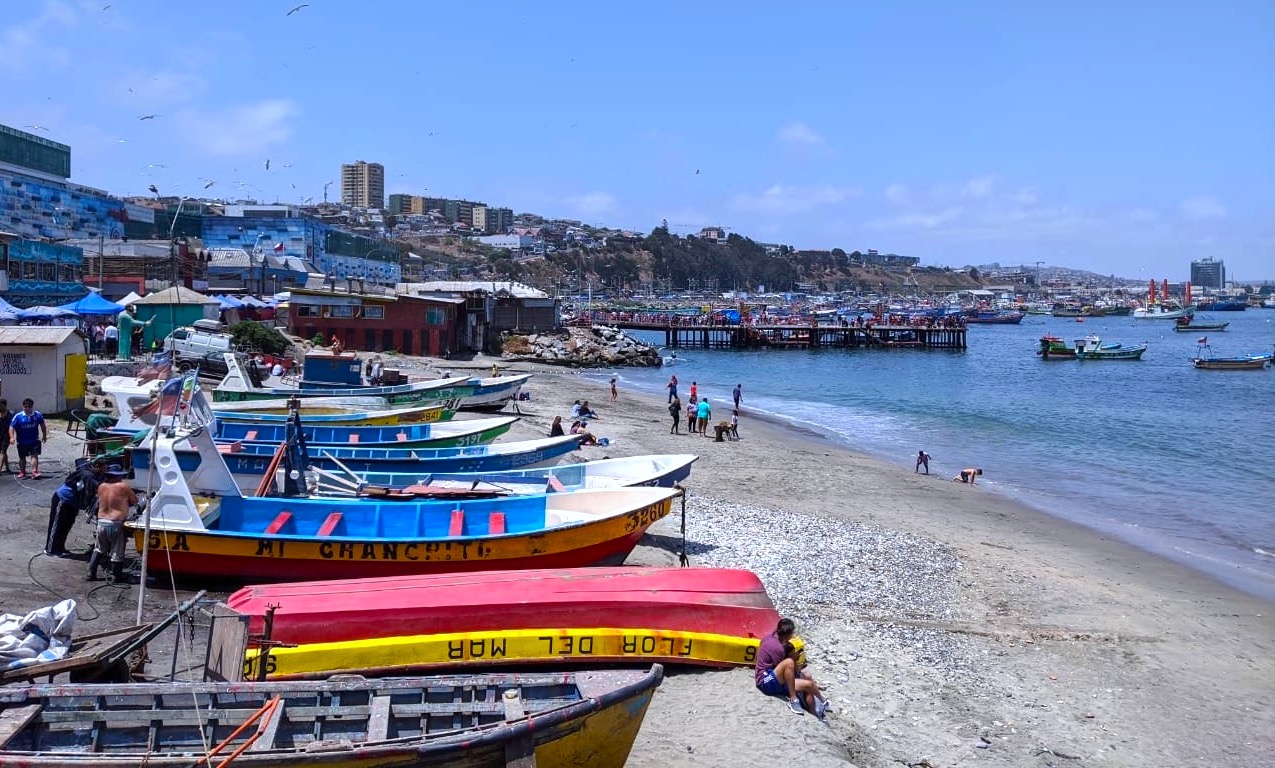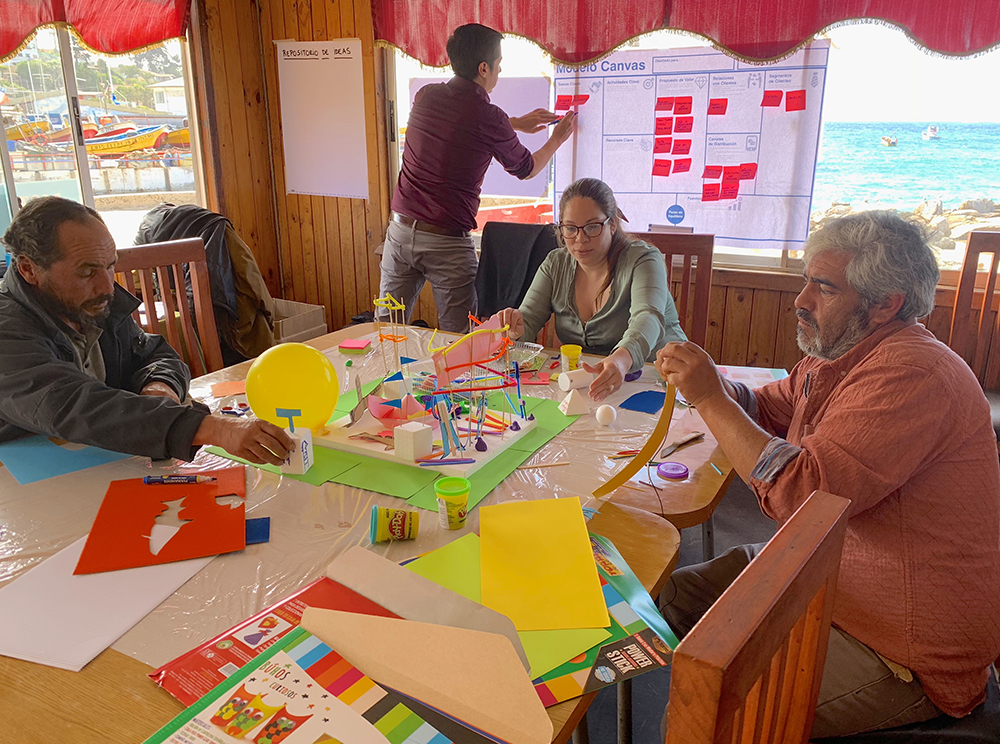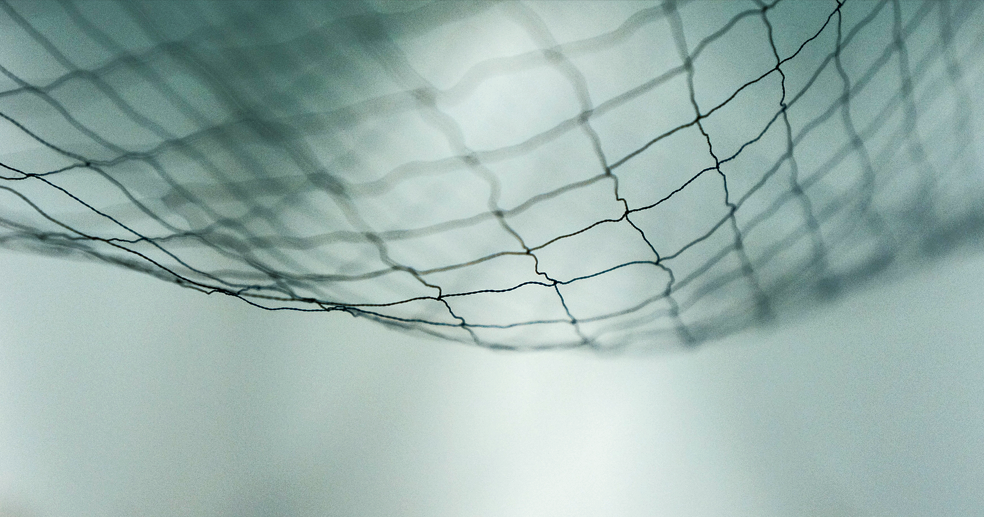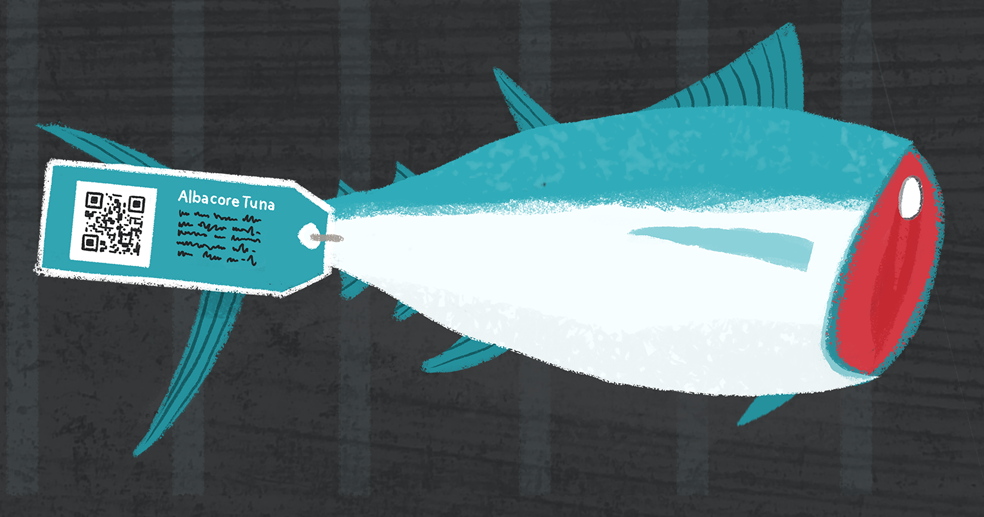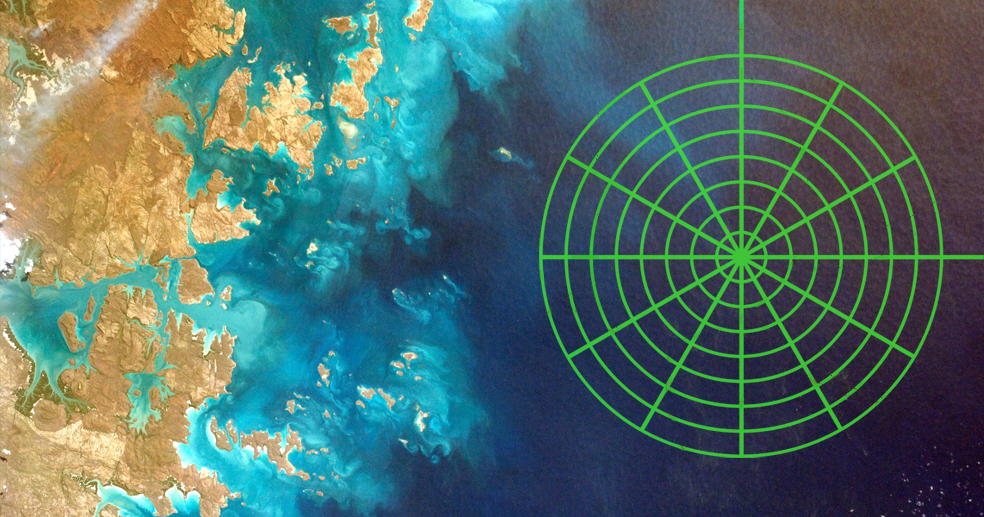Peru Artisanal Fisher Development Fund — Unlocking benefits for fishers and cooperatives
Updated July 11, 2024 Future of Fish and partners are excited to announce the Artisanal Fisher Development Fund (the Fund), a pilot loan guarantee fund to facilitate access to credit to support formalization, sustainable practices and financial inclusion amongst Peru´s artisanal fishing sector . The Fund aims to facilitate access to credit for working capital loans through aggregated purchase programs of Coops for inputs such as gas, ice, oil, and other fishing essentials the savings of which will be passed on to fisher members…



